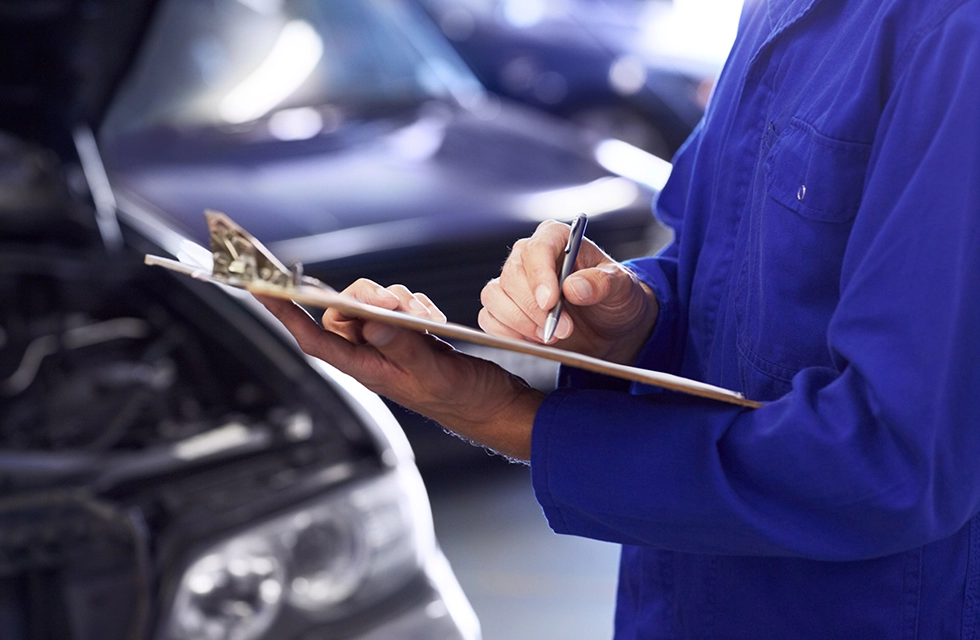All Categories
Featured

2 vital services that are typically ignored however have a considerable effect on tire durability and efficiency are tire turning and positioning. Allow's dive into what tire rotation and positioning are and why they're vital for your automobile.
What Is Tire Turning? Tire turning is the procedure of relocating your tires from one position to an additional to ensure they put on equally. Given that your cars and truck's tires operate at various rates relying on their setting (front tires versus back tires), turning them on a regular basis aids to distribute the wear evenly, causing a longer life expectancy for your tires.
Tires on the front axle have a tendency to wear a lot more swiftly than those on the rear axle, especially in front-wheel-drive cars, where the front tires deal with both guiding and power. On the various other hand, rear tires may use unevenly depending upon the automobile's weight distribution and driving conditions. By turning your tires every 6,000 to 8,000 miles (or as suggested by the producer), you'll guarantee a more balanced wear pattern.
What Is Tire Placement? Tire placement, also called wheel placement, refers to changing the angles of your cars and truck's wheels to the supplier's specs. Correct placement guarantees that your tires are pointing in the appropriate direction, and it aids make best use of tire life and improve vehicle handling. There are 3 major facets of placement: camber, caster, and toe.
Camber describes the tilt of the tires from the front of the vehicle. If your tires are slanted excessive internal or outside, it can cause irregular wear. Caster describes the angle of the steering axis when watched from the side of the auto. This affects the stability of the steering, specifically when driving right. Toe refers to the angle at which the tires aim internal or external when watched from above. This impacts how your vehicle tracks when traveling. An appropriate placement guarantees that all 4 tires are aiming right in advance and are angled properly. Misalignment can arise from striking pits, curbs, or just from the wear of suspension components gradually.
Why Tire Turning and Positioning Matter. Extended Tire Life. Both tire rotation and placement aid avoid irregular tire wear. When your tires wear uniformly, they last longer, which can save you cash over time by reducing the need for premature substitutes.
Improved Security. Proper tire rotation and alignment boost automobile security and handling. Misaligned tires or erratically worn tires can adversely impact your ability to guide and quit your car, particularly in emergency situation situations. Routine upkeep ensures your tires carry out efficiently, offering a much safer driving experience.
Much Better Gas Effectiveness. If your tires are not straightened appropriately, they may drag versus the road surface, causing resistance. This extra friction can minimize gas effectiveness, creating your lorry to take in more gas. Regular tire placement guarantees that your automobile moves effectively, enhancing gas mileage.
Enhanced Convenience. Imbalance or unevenly worn tires can lead to a rougher experience, as your auto may pull away or create vibrations. By maintaining your tires rotated and lined up, you'll enjoy a smoother and extra comfy driving experience.
Indicators That Your Tires Required Rotation or Placement. It's necessary to stay alert for any type of indications that your tires require turning or alignment. Watch out for these usual indications:
Irregular Tire Put On: If you see that a person tire is dramatically extra worn than the others, it may be time for a rotation or alignment. Guiding Pull: If your auto pulls away while driving right, this can suggest misalignment. Resonances: If you really feel resonances in the guiding wheel or the automobile itself, it might be an indicator of misalignment or irregular tire wear. Screeching Tires: Uncommon tire noise can additionally suggest incorrect positioning or the demand for a tire turning. Just how Commonly Should You Turn and Straighten Your Tires? Tire turning should normally be done every 6,000 to 8,000 miles or as defined in your automobile's owner's guidebook. It's a great concept to revolve your tires throughout every oil adjustment, as this will assist you remain on top of routine maintenance.
As for alignment, it doesn't require as constant solution. Usually, alignment must be examined at the very least as soon as a year or whenever you see problems like pulling to one side or vibration. You may additionally need positioning if you have actually hit a big fracture or visual, which can throw your wheels out of positioning.
Verdict: Keep Your Tires in Leading Forming. Tire rotation and placement are crucial solutions that maintain your vehicle running smoothly, securely, and successfully. By making the effort to have your tires turned and straightened regularly, you're buying your car's performance and long life, while also boosting your safety and security when driving. Keep proactive with tire maintenance, and your car will thanks with better fuel economic climate, enhanced handling, and prolonged tire life.
Latest Posts
Bare Bones Furniture-- Where Simpleness Satisfies Toughness
Bathroom Fitter: The Smart Means to Remodel Your Bathroom
Discover Your Funding Options at Ron Marhofer Hyundai of Cuyahoga Falls
More
Latest Posts
Bare Bones Furniture-- Where Simpleness Satisfies Toughness
Bathroom Fitter: The Smart Means to Remodel Your Bathroom
Discover Your Funding Options at Ron Marhofer Hyundai of Cuyahoga Falls